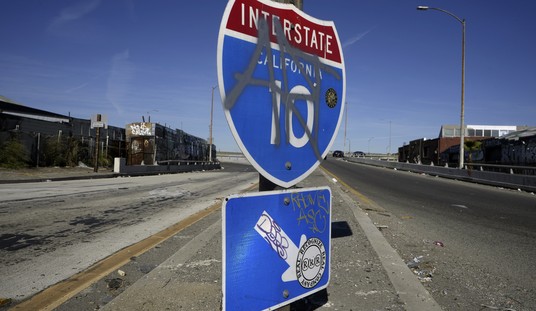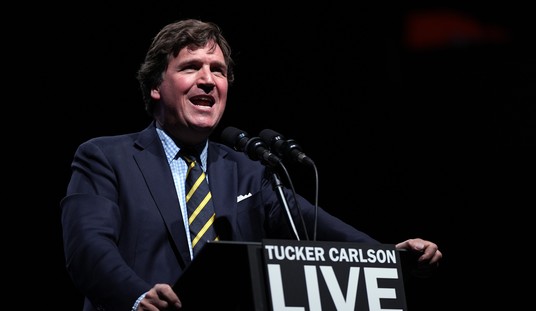Good art starts with a question, not an answer.
This is what separates creation from construction. Real art begins with wonder: What is this? Why does it ache? What does this mean? What if I look closer? The artist doesn’t know where the path will lead, and that’s the risk and the glory of it.
Ideological art begins the opposite way. It starts with an answer, usually a moral, a grievance, or a conclusion, and builds backward. The result may resemble art, but it’s a simulation of discovery, not true discovery. It confirms instead of reveals. In no way does it try to get at truth.
When you start with an answer, you build a cage.
When you start with a question, you open a door.
The Two Methodologies of Art
In Dickens’s time, the artist began with what he saw. The slums of London, the soot-blackened air, the faces of orphans and debtors, these were his raw materials. He didn’t start with a message about “systemic inequality” or “social justice.” He started with the question, How can people live like this? and wrote until he found the truth. His art carried political force because it was real, not because it was approved. The world recognized itself in his stories and was shamed into change.
Today’s artist is trained to begin from the opposite direction. The question has been replaced by the checklist: Which identities are represented? Is the protagonist marginalized in the correct way? Does the author share those demographics? Are the characters “problematic”? Whole stories are workshopped into compliance before they’re even written. The creative process becomes bureaucratic art by committee, meaning by memorandum. The result may flatter ideology, but it rarely moves the soul.
That contrast defines the two artistic sequences that shape culture:
| Mode | Starting Point | Process | Risk | Outcome |
|---|---|---|---|---|
| Natural Art | A question, a mystery, an observation | Exploration and surrender | The answer may contradict your belief | Discovery — truth, beauty, meaning |
| Ideological Art | A conclusion, a moral, an agenda | Reverse-engineering and control | None — the ending is guaranteed | Confirmation — propaganda, sermon |
In genuine art, the story unfolds forward: from perception to truth. In ideological art, the story runs backward: from theory to evidence.
The first is discovery. The second is display.
Why the Question Matters
Questions are dangerous. They imply that reality might not behave as the theory says. That’s why ideological systems fear them.
To ask what is really true? is to admit you might be wrong — and to risk revelation.
But that’s where beauty enters. Beauty is not invented; it is found.
When Dickens showed us child labor, he wasn’t proving a thesis about capitalism; he was describing what he saw. When Goya painted war, he wasn’t sermonizing about power structures; he was witnessing horror. The moral followed the vision. It was truth first, message later. That’s why their art endures — it feels true because it was discovered, not manufactured. And this kind of art is beautiful because it is truthful.
The Answer-First Trap
Modern ideological art starts at the end and builds backward.
- “Capitalism destroys.”
- “Patriarchy oppresses.”
- “The oppressed are pure.”
- “The West is corrupt.”
Everything else — plot, character, imagery, casting, color — exists to illustrate that predetermined answer. The result may be technically polished but spiritually inert. It shouts moral urgency while being insulated from risk. It tells us what to think, not what to see. It can be pretty, but it is always flat and lifeless.
When art starts with an answer, it ceases to be inquiry and becomes proof manufacture. It’s sermonizing in costume.
The Freedom of the Question
Starting with a question is freeing because it accepts reality as the teacher. You are not commanding truth; you are listening to it.
This is the natural way — the way of revelation. It moves by curiosity, not decree. The artist works with humility, knowing the ending is not theirs to script. Sometimes it consoles; sometimes it indicts; sometimes it overturns the artist’s own convictions. But whatever happens, it’s real.
Creation becomes communion, not control.
Boxes and the Fear of Questions
I once told a left-leaning friend that my now-husband had proposed. He laughed, then said he’d have to redefine the box he’d put him in. He’d said “gamers don’t commit.” The moment reality contradicted his assumption, he didn’t discard the box; he resized it.
That’s how ideological thinking handles contradiction. It protects the answer by redrawing the box. Questions are not allowed to open the world, only to adjust the walls.
Art under ideology functions the same way. It measures representation instead of humanity, rewards compliance instead of surprise. Personality is flattened into type, and diversity becomes taxonomy: “diverse” characters, same moral.
But questions — real questions — dissolve boxes.
The creative act begins where the label ends. The instant you stop knowing exactly what the story will prove, the story can breathe again.
The Science Parallel
Science, at its best, also starts with a question: What happens if…? But under ideology, it too has learned to start with an answer and backfill the data.
- Funding depends on the right conclusion.
- Publication depends on confirming the narrative.
- Careers depend on loyalty to the catechism.
Art and science are both means of revelation — twin methods of asking. When both begin with answers, they stop being disciplines of truth and become rituals of control. They lose the courage to be wrong, which is the first condition of being right.
What the Question Reveals, and Demands
To start with a question is to kneel before reality. It’s an act of trust — the belief that truth exists, that it can be found, and that it will reveal itself to those who listen. That’s why the process feels almost sacred. The artist who asks instead of declaring enters into dialogue with something beyond the self: the world, human nature, perhaps even the divine order beneath both.
The moment of insight, when the work finally answers, feels less like invention and more like revelation. Ideological art tries to command that revelation. Natural art waits for it.
Starting with a question requires moral strength. It demands that the artist surrender to uncertainty and risk offense. It calls for humility, discipline, and faith in reality itself.
- Humility before the real. Observe first. Don’t filter.
- Craft as service. Form is how truth travels.
- Courage to be overturned. Let the work surprise you — even against your politics.
- Patience with mystery. The question may outlive you.
- Faith in beauty. Beauty isn’t made; it’s revealed.
This approach isn’t politically “neutral.” It’s pre-political. It lets truth emerge before theory edits it. Only then can art achieve universality.
What This Demands of Gatekeepers and Artists
Editors, curators, and committees must stop rewarding answer-first work. They must prize inquiry over alignment. Ask not: Does it center the right identities? Ask instead: Does it tell the truth? Does it live?
If you want advocacy, label it. But don’t confuse propaganda with art. Truth must be allowed to surprise us again.
The artist who begins with a question agrees to be changed by the answer. That’s the covenant. Sometimes the revelation humbles you. Sometimes it redeems you. Sometimes it leaves you undone. But that is what makes it art — the willingness to not be master of your own creation. To start with a question is to trust reality more than ideology, beauty more than theory, truth more than control.
That’s why it feels alive.









